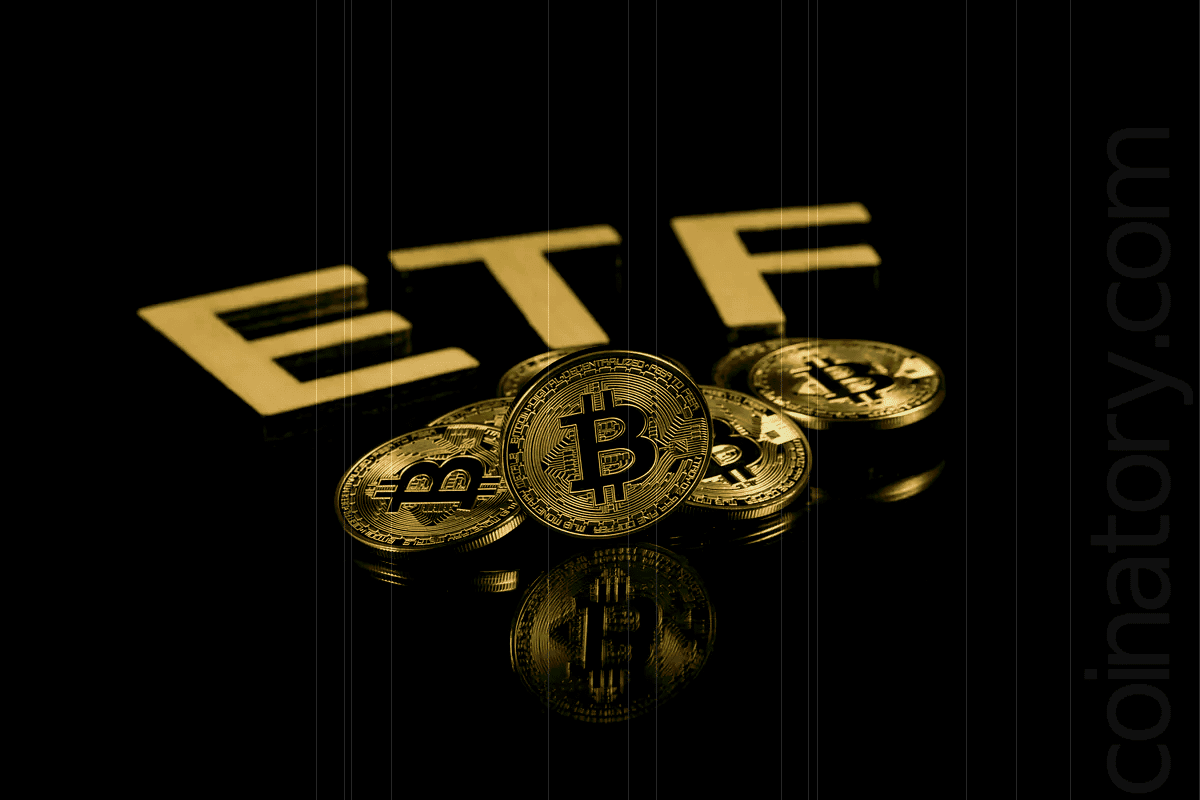
U.S. spot Bitcoin ETFs have become a major force in cryptocurrency markets, regularly generating between $5 billion and $10 billion in daily trading volume on active days—at times surpassing leading exchanges and reflecting a marked rise in institutional participation. Julio Moreno, head of research at CryptoQuant, noted that this growth signifies the increasing role of ETFs in providing institutional exposure to Bitcoin.
Despite this surge, Binance continues to lead in spot trading activity. On high-volume days, the exchange reports up to $18 billion in Bitcoin transactions and as much as $11 billion in Ether trading. In comparison, the combined daily volume for the 11 U.S. spot Bitcoin ETFs currently stands at approximately $2.77 billion—roughly 67% of Binance’s Bitcoin spot volume, which is around $4.1 billion. Total daily volume across all Binance trading pairs approaches $22 billion.
“This growing dominance of U.S. spot Bitcoin ETFs highlights their pivotal role in price discovery and institutional crypto adoption,” said Nick Ruck, director at LVRG Research. Meanwhile, ETF participation in Ethereum spot trading remains limited. Ether volume is still concentrated largely on Binance and Crypto.com, with ETFs accounting for just 4%, underscoring the comparatively slower pace of institutional adoption for Ethereum.
Recent fund flows further illustrate shifting market dynamics. Over the past four trading days, Bitcoin ETFs recorded total inflows of $571.6 million, with BlackRock’s iShares Bitcoin Trust (IBIT) accounting for nearly 40%, or $223.3 million. During this same period, Bitcoin declined approximately 2.5%, trading near $111,600 amid cooling investor sentiment.
In contrast, Ether ETFs have significantly outperformed, attracting $1.24 billion in inflows over the same four-day period—more than double that of their Bitcoin counterparts. Ether funds have seen no net outflow days since August 20 and have brought in over $4 billion in capital this month alone, representing 30% of the total inflows since their inception 13 months ago.
According to Ruck, these ETFs are no longer just additive to market liquidity but are actively reshaping it. ETF activity is increasingly correlated with spot price movements, and these products now account for a substantial portion of Bitcoin’s circulating supply—cementing their role as a critical bridge between traditional capital markets and digital assets.







